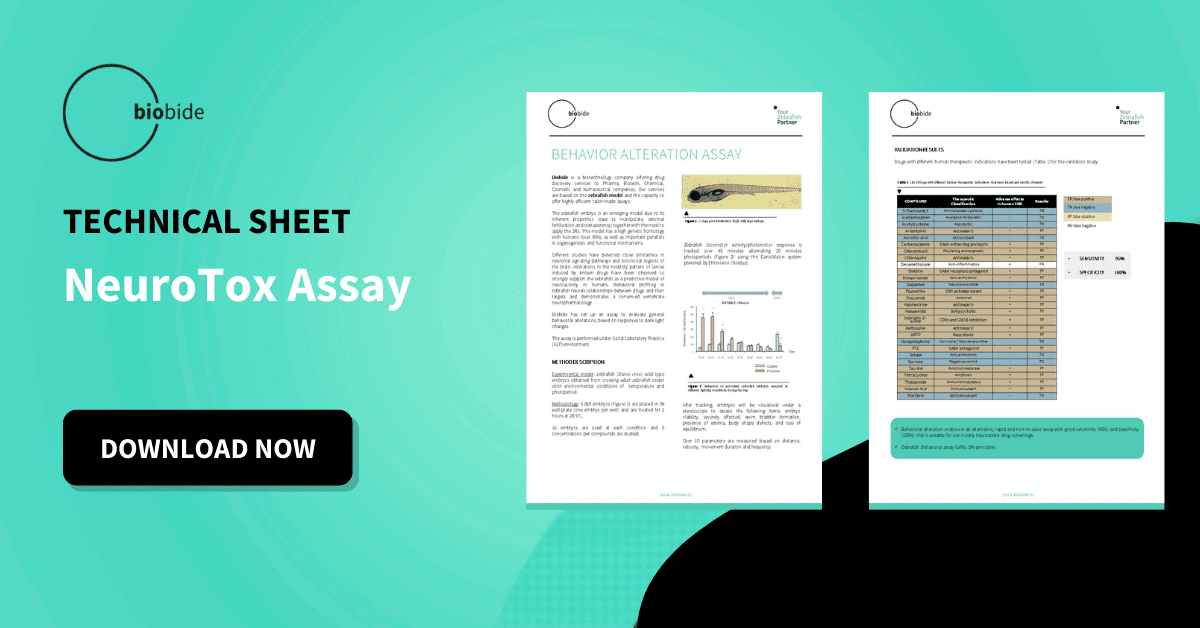Derived from the tobacco plant Nicotiana, nicotine is a naturally occurring alkaloid that can be an extremely addictive stimulant. If consumed persistently it can contribute to long-term pathologies and could terminate in death. However, it can potentially have benefits when under medical use.
The use of nicotine extends beyond tobacco products. Since the 14th century, it has been used for medical purposes. Today’s scientists studying the therapeutic and medical uses of nicotine have discovered a diverse set of interesting applications regarding its impact on cognitive function and mood regulation.
However, the use of nicotine for medical applications requires meticulous scrutiny through stringent assays. Because ensuring the safety of patients undergoing nicotine-based treatment requires a comprehensive understanding of dosage parameters, potential side effects, and long-term implications.

Why are nicotine and tobacco derivatives used in medicine?
Nicotine's medical applications arise from its physiological impact on the nervous system, specifically its influence on neurotransmitter release. It can stimulate nicotinic acetylcholine receptors (nAChRs), which affect the way the brain and muscles communicate. Consequently, nicotine and tobacco derivatives can affect a person’s attention span, mood, and memory.
In controlled doses, nicotine has demonstrated cognitive-enhancing effects. This has led to studies on the medical uses of nicotine for various neurological and psychiatric conditions, such as Alzheimer's and Parkinson’s disease, Attention Deficit Hyperactivity Disorder (ADHD), and Depression. It has also been used in studies for pain relief and weight loss. In addition, nicotine replacement therapy has proven effective in supporting smoking cessation by alleviating withdrawal symptoms, currently, the only medical-approved treatment with nicotine.
How does nicotine affect the Central Nervous System (CNS)?
Upon introduction into the bloodstream, nicotine binds to nicotinic acetylcholine receptors that are abundant in the CNS. This interaction triggers the release of neurotransmitters, including dopamine, serotonin, and norepinephrine, encouraging heightened neural activity. However, chronic exposure to nicotine induces changes in the CNS, leading to tolerance and cravings.
This physiological effect is the cause for nicotine and mental health is often closely related. Nicotine and dopamine release is an example of this ‘temporary high’ that smokers feel when having a cigarette. This immediate effect makes them feel a sense of pleasure, but this can result in a risk of depression.
Nicotine and stress also have a close relationship. The dopamine release offers a transitory sense of relief. However, prolonged nicotine use can lead to heightened stress, which contributes to dependency.
While nicotine may provide short-term stress relief, its long-term impact can cause addiction that can result in smoking which, in turn, may produce severe health problems. Understanding this vicious circle is crucial for navigating the complexities of nicotine's role in stress reduction and formulating effective and safe nicotine-related treatments.
The importance of testing tobacco and nicotine derivatives
Nicotine and its byproducts are dangerous substances linked to addiction. Therefore, a comprehensive study is necessary to ensure the physiological impact, safety, and efficacy of tobacco and nicotine derivatives in Drug Discovery and Development. These assays can ascertain accurate concentrations and evaluate the compound's pharmacological effects and their potential medical use.
The role of zebrafish in nicotine medicinal research
To determine the medical benefits and side effects of nicotine and other tobacco derivatives intense research and analysis are needed, compiling basic research, efficacy assays, toxicity assays nd clinical trials. All this implies high human and technical resources with elevated costs and time requirements.
In this context, the use of the zebrafish alternative model represents a breakthrough in fastening and reducing requirements of nicotine and tobacco derivatives in preclinical research and Early Drug Discovery and Development.
Zebrafish is a small tropical fish that presents many benefits compared with other in vivo models:
- Genetic similarity with humans: Zebrafish share 70% of the genome with humans and more than 82% of disease-causing genes have its counterpart in zebrafish.
- High fecundity: This fish is able to generate hundreds of eggs per couple.
- Fast organogenesis: Zebrafish embryos present a high functionality degree in all organs within 5 days post-fertilization (dpf). This allows the use of embryos that represent less ethical concerns, and it is aligned with the 3Rs principle of replacement, reduction, and refinement of animal testing in science. Thus, zebrafish embryos are considered a New Alternative Model (NAM).
- Small size: The zebrafish's small size, around 3 cm for adults and 3-4 mm for 5 dpf larvae, makes them easy to house and allows the use of High-ContentScreening (HCS) assays for preclinical research and testing.
- Genetics: the genetics of zebrafish are well-known, and many disease models and genetically modified strains have been generated replicating disease-causing mutations of interest or with transgenes of proteins for specific purposes.
Specifically, in relation to tobacco and nicotine derivatives, zebrafish embryo NAM offers the possibility of performing complete cognitive studies as their nervous system is almost developed at 5 days post-fertilization (dpf). Thus, it is possible to evaluate locomotion, anxiety, memory, or sleeping alterations in HCS format.
Biobide, a contract research organization (CRO) specialized in fastening preclinical research and Drug Discovery and Development, offers behavior assays to evaluate movement, locomotion, anxiety, primary learning, and sleep pattern alterations for efficacy preclinical studies or neurotoxicity / neurodevelopmental toxicity evaluations.
Conclusion
The medical uses of nicotine involve balancing its potential benefits with careful monitoring. This emphasizes the need for precise dosing, efficacity, and safety to control its therapeutic properties effectively.
Therefore, elevated cost and resource efforts have to be made to enable the clinical use of nicotine and tobacco derivatives. In this sense, the use of the zebrafish NAM offers crucial advantages in preclinical efficacy and toxicity evaluations reliably and cost-effectively.
Sources
- https://www.amjmed.com/article/0002-9343(92)90619-M/pdf
- https://www.nature.com/articles/nrd2927
- https://www.cancer.org/cancer/risk-prevention/tobacco/guide-quitting-smoking/nicotine-replacement-therapy.html
- https://www.health.harvard.edu/blog/puffing-away-sadness-2020022418913
- https://www.verywellhealth.com/what-is-nicotine-5075412
- https://www.ncbi.nlm.nih.gov/pmc/articles/PMC1079499/
- https://www.ncbi.nlm.nih.gov/pmc/articles/PMC526783/





